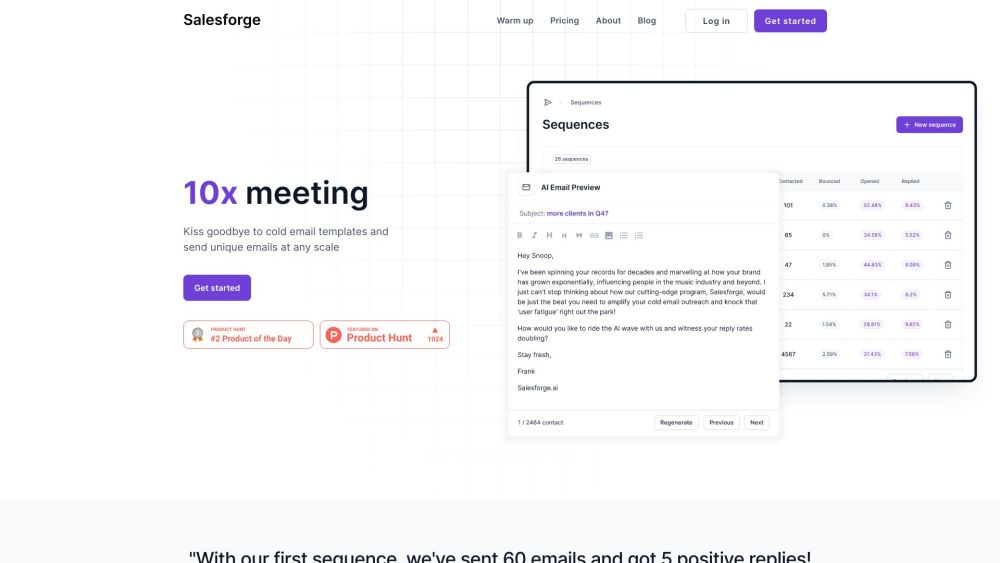In the dynamic landscape of generative AI, a surprising player is making waves: LimeWire. Once notorious for music piracy and drawing the ire of the music industry, LimeWire has reinvented itself under new ownership and is now stepping boldly into content creation. Today, the company announced its acquisition of BlueWillow, a leading generative AI image creation platform competing with established names like Midjourney and Stable Diffusion.
Founded just this year, BlueWillow gained rapid popularity amid the current boom in generative AI. With Discord emerging as the go-to platform for creatives, BlueWillow's user-friendly service—offered free of charge—quickly captured attention. BlueWillow now proudly claims to be the second-largest AI image generation community on Discord, boasting 2.5 million members and over 500 million images created, trailing only Midjourney.
Moving forward, LimeWire plans to maintain BlueWillow's presence on Discord, while also integrating the platform's capabilities into LimeWire’s website. This integration will enhance LimeWire's paid and ad-supported service tiers for creators, positioning BlueWillow as a central component in LimeWire’s future media offerings.
The financial details of the deal remain confidential, but notably, it will not include the talents behind BlueWillow. Founder Ritankar Das confirmed in an interview that the BlueWillow team would provide advisory support during the transition, but they plan to depart for a new stealth AI venture soon.
For LimeWire, this acquisition is a strategic move to expand its user base and revenue streams. Upon its relaunch, LimeWire initially aimed to create an NFT marketplace for music creators, raising approximately $17.5 million from various investors, including Arrington Capital and Kraken. Earlier this year, the company was valued at about $60 million. However, with interest in NFTs waning, founders Paul and Julian Zehetmayr have shifted focus toward building a robust platform for content creation, with NFTs now viewed as a secondary offering.
LimeWire recognizes the critical need for more creative tools. The company has brought on a team of engineers to build subscription services and additional features for creators. Prior to acquiring BlueWillow, LimeWire relied on third-party AI integrations for image generation. Now, with BlueWillow, LimeWire can introduce proprietary image generation tools and expand functionalities to include video and audio creation in the future.
As BlueWillow enhances LimeWire's tech stack, it also significantly adds to its user community. Julian Zehetmayr revealed in an interview that while LimeWire has "thousands" of smaller creators, its platform currently hosts just 100 larger creators.
BlueWillow, which has taken off as a bootstrapped effort largely financed by its founder, has an impressive backstory. Ritankar Das graduated from Berkeley at just 18, completing a double degree in bioengineering and chemical biology in three years, before pursuing postgraduate studies at prestigious institutions like Oxford and Cambridge. Prior to BlueWillow, he founded a health tech startup that was acquired in 2022.
Das shared that his motivation for creating BlueWillow stemmed from a desire to understand how generative AI tools work rather than solely focusing on profit. "We observed a surge in generative AI image models," he explained, wanting to be part of what many refer to as the "Cambrian explosion" in tech. While others concentrated on a select few Large Language Models (LLMs), Das and his team recognized the potential in leveraging multiple LLMs in tandem to accelerate service development, allowing engineers to focus on refining user interfaces and improving user experience.
"Making it easy for users" became BlueWillow's core mission. The team built their own "weights" and customizations to enhance image creation tailored for diverse needs. "Architects and advertisers, for instance, require vastly different aesthetics, so we prioritized developing what works best for each," Das noted.
However, as BlueWillow began to grow, the financial challenges of scaling became apparent—compute power is costly. With no immediate funding plans, the opportunity presented by LimeWire proved compelling for Das and his team, making the decision to sell an appealing one.




